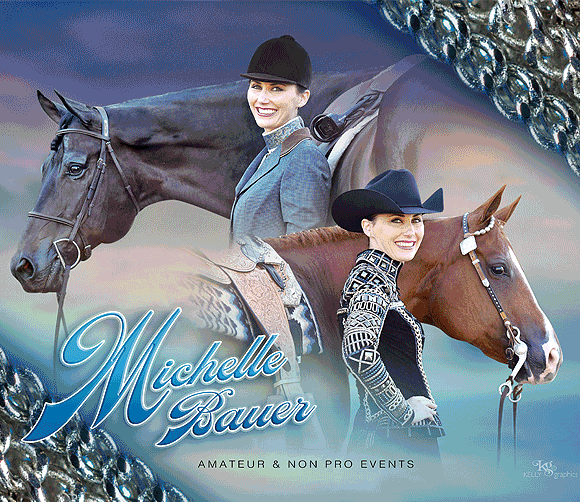Kentucky Equine Research
Reputable feed manufacturers blend fresh ingredients to create palatable concentrates for horses and then provide valuable nutritional information about the products on bags and tags. Aside from nutritional guarantees and ingredients, some stamp products with useful information pertaining to manufacture date and best-use practices.
Regardless of the feed type, it is best to store feed in a cool place with low humidity. “Unlike many products destined for human consumption, bags of horse feed are not required to have manufacture or best-by dates,” said Mike Lennox, manager of formulation and quality control at Kentucky Equine Research (KER). “However, many feed mills do list this information for end users, as well as a lot number for internal use.”
While the manufacturing date is self-explanatory, the best-by date proves more nebulous. According to Lennox, this vagueness stems from conditions feed might be exposed to after it is purchased and therefore beyond the control of the manufacturer.
Products that are maintained in a cool, low-humidity, pest-free atmosphere might last beyond their best-by date, whereas those products that are treated less conscientiously might not make it to their best-by date (for example, feed bins left open for insects; exposure to external moisture; feed stored in hot trailers).
Even in best-case scenarios, different types of feed vary in the length of time they can be stored, according to Lennox. The three most common horse feed forms are textured, pelleted, and extruded.
“With the exception of straight grains, extruded feeds, which are subjected to heat-processing during manufacture, probably have the longest shelf life because they contain little moisture,” remarked Lennox.
Pelleted feeds undergo some exposure to heat and low moisture during processing, so shelf life is more moderate when compared to other feed forms.
“Textured formulas contain molasses, which increases the moisture content and makes them more prone to mold or spoilage if kept in suboptimal conditions,” commented Lennox.
Regardless of the feed type, it is best to store feed in a cool place with low humidity. Feed should also not be exposed to direct sunlight. Safe preservatives like propionic acid are added to many processed horse feeds to slow the deterioration process.
Placing feed bags in hard storage containers or on pallets well off the ground is ideal to prevent rodent and insect infestation. Keeping uncovered wheelbarrows or feed carts in the barn only entices rodents and wildlife, some of which carry bacteria and protozoa harmful to horses. Feed should be covered to keep flies from swarming around the feed. If there is evidence that insects or rodents have infiltrated the feed, it should be thrown away.
Further, if an otherwise good-doer refuses to eat feed but looks happy and healthy otherwise, there might be something amiss with the feed. Take the time to investigate, and discard any feed that looks or smells offensive in any way.
Paying strict attention to timely feed usage and safe feed storage will ensure horses get the most out of the feed and decrease the likelihood of colic or illness related to consumption of mishandled feed.
Article reprinted courtesy of Kentucky Equine Research (KER). Visit equinews.com for the latest in equine nutrition and management, and subscribe to The Weekly Feed to receive these articles directly (equinews.com/newsletters).












